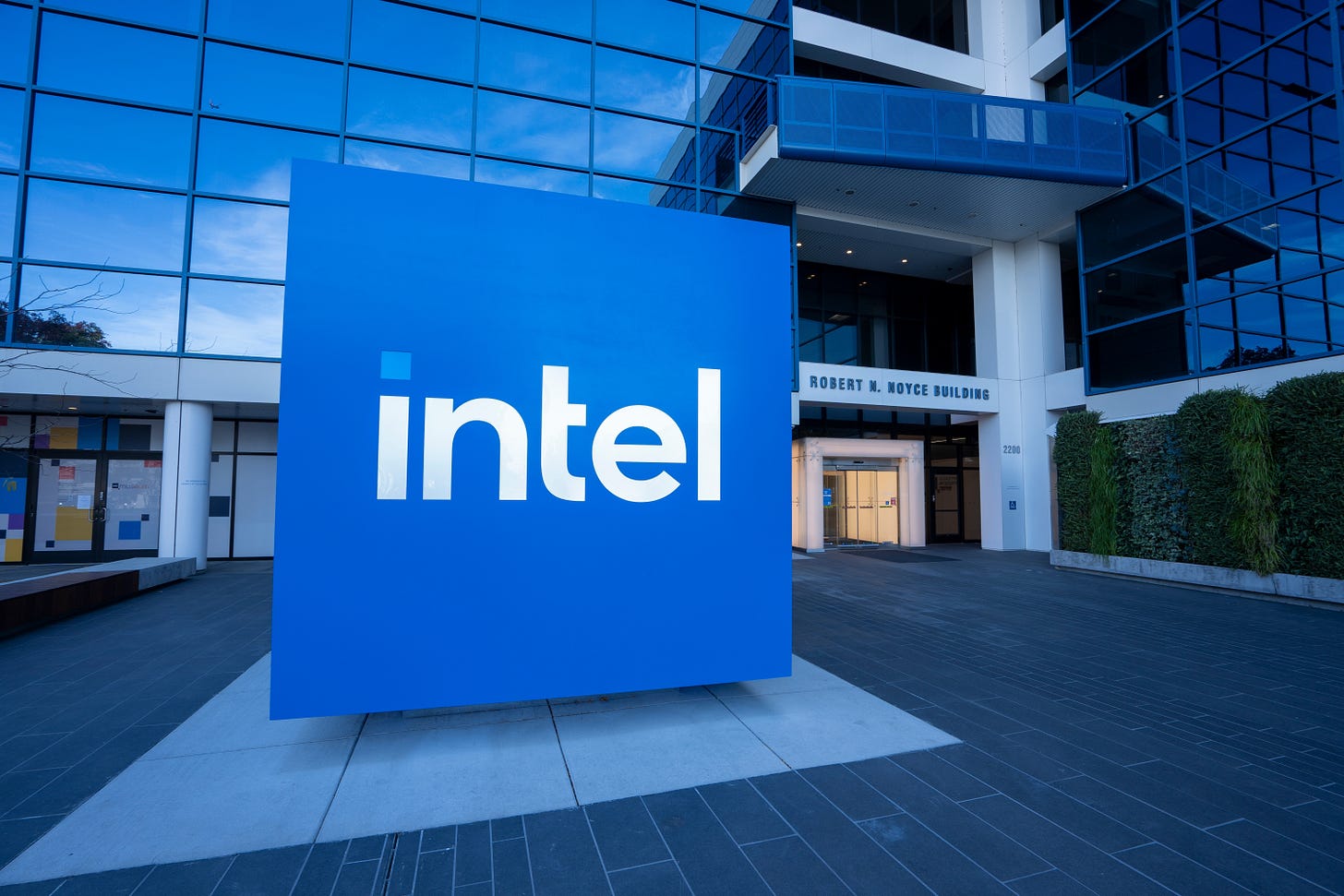On December 2, Intel made the abrupt announcement of CEO Pat Gelsinger's retirement, with Gelsinger later posting his official statement on LinkedIn. This sudden development revealed that his departure was, in fact, forced by Intel's Board of Directors. His tenure, initially set for five years, was cut short to less than four.
Speculation about Gelsinger's departure had been brewing, particularly as Intel faced mounting pressure to deliver on its CHIPS Act commitments to create jobs and expand production. While Intel desperately needed the government funding, its foundry business posted heavy quarterly losses. To manage costs, Gelsinger initiated layoffs and outsourced advanced chip production to TSMC, so that they could be in time for market and compete with rivals such as AMD and Qualcomm. However, he had no choice, because if Intel’s products fail to hit the shelves on time, it will lose even more market share to rivals. That is a vicious cycle that the genius engineer Gelsinger did not figure out during his tenure. This move underscored a fact hard to swallow: Intel Foundry lacked competitiveness, forcing reliance on external manufacturing to maintain market schedules and avoid further erosion of its market share.
Despite acquiring ASML’s cutting-edge EUV lithography machines earlier than its rivals, Intel struggled to achieve satisfactory yields, exacerbating financial pressure from depreciation costs and declining sales. This misstep highlighted a critical misjudgment: Intel's strength now lies in product design and marketing, not manufacturing.
Lessons Learned
1. Division of Labor Yields the Best Results
The success of TSMC’s dedicated foundry model has demonstrated the value of specialization, freeing fabless firms like Qualcomm and NVIDIA to focus on IC design. AMD also proved this by spinning off its manufacturing division, which allowed it to concentrate on products.
While Gelsinger ambitiously pursued catching up with competitors across five process nodes in four years, mass production requires a fundamentally different skill set and mindset. Intel’s attempt to vertically integrate design and manufacturing stretched its resources too thin—a lesson learned the hard way.
2. Heed Advice and Welcome Diverse Perspectives
Lip-Bu Tan, the former CEO of Cadence Design Systems, joined Intel’s Board in September 2023 but reportedly left within a year due to disagreements with Gelsinger. Insiders suggest Gelsinger's resistance to differing opinions stifled collaboration, leaving colleagues reluctant to voice their concerns.
“No one is omniscient,” said Robin Shen, a serial entrepreneur and startup mentor based in Taiwan. "You learn something new when others offer a fresh perspective,” Shen questioned whether Intel might have fared better if former CEO Bob Swan had continued focusing on products and outsourced manufacturing entirely. Such a strategy could have redirected resources toward cloud servers and AI products instead of sinking them into the IDM 2.0 initiative—a costly gamble.
Shen also noted that Intel’s manufacturing edge may have been lost even before Gelsinger’s return, making it unwise to chase a dream of restoring past glory. Had Intel accepted its limitations and doubled down on its design and marketing strengths, the company might have been better positioned to compete.
3. Adapt to the Evolving Industry Landscape
Misjudging broader trends can lead to costly strategic errors. For example, with the rise of Arm architecture as a viable alternative and AMD emerging as a stronger foe in the x86 market, Intel’s dominance in the CPU market has been encroached upon. The company’s delayed response to the AI revolution further compounded its struggles.
“When a company misses major industry shifts—such as the rise of dedicated foundry models or the AI era—it risks being left behind,” wrote Shen. Intel’s late arrival to the AI race left it scrambling to compete, a situation that required unwavering focus on the right strategic direction. Unfortunately, Gelsinger chose to trod in an unfamiliar territory - the dedicated foundry service.
Intel at a Crossroads
Now, Intel faces a precarious future as it navigates the U.S. government's strict CHIPS Act conditions. These stipulate that Intel must retain at least 50.1% ownership of its foundry business if spun out as a private entity, and no single shareholder may own more than 35% of its stock if the foundry goes public. Intel must also remain a buyer of Intel Foundry's wafers, limiting its flexibility to shed unprofitable operations entirely.
If Intel cannot fully divest its foundry operations, could it entrust management to a minority stakeholder with better manufacturing expertise? This remains a critical question as the company searches for a leader capable of addressing its challenges.
According to Monica Chen, a DIGITIMES senior semiconductor reporter, Intel’s Board has reportedly approached Mark Liu, the recently retired chairman of TSMC, about the CEO position. Whether or not Liu accepts, Intel must confront a hard truth: it can no longer rely on a single hero to save the day. Instead, it must assess its core strengths and adopt sound strategies to balance its foundry ambitions with the efficiency of outsourcing.
Instead, Intel must assess its core strengths and adopt sound strategies to balance its foundry ambitions with the efficiency of outsourcing while breaking down silos to foster better collaboration across teams and divisions
A Path Forward: Balancing Ambition with Realism
Intel’s next steps will require clear-eyed leadership and a willingness to embrace its strengths and limitations. Some industry experts even suggested that Intel is sitting on a treasure mountain of intellectual properties in technologies including packaging, silicon photonics, quantum computing, and systems that can be licensed for royalties.
The company's survival hinges on its ability to adapt to the evolving semiconductor landscape, shed unprofitable ventures, and build partnerships that leverage external expertise. Whether under a seasoned industry veteran like Mark Liu or a new visionary, Intel must prioritize pragmatic strategies over ambitious but impractical pursuits.
Only by embracing collaboration and focusing on its core competencies can Intel confidently continue on its future path.




hhhhh 你是懂中国股民的